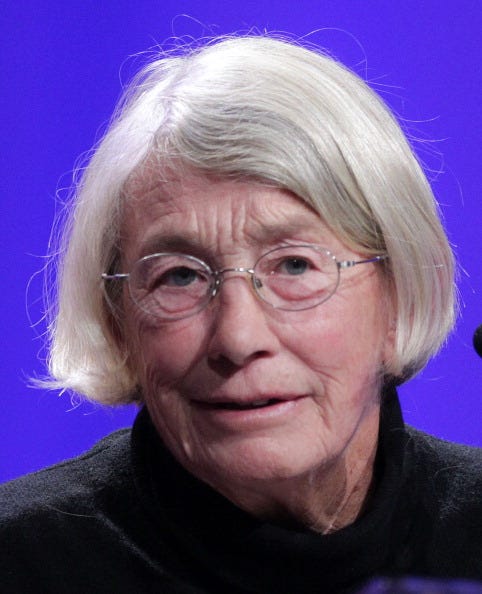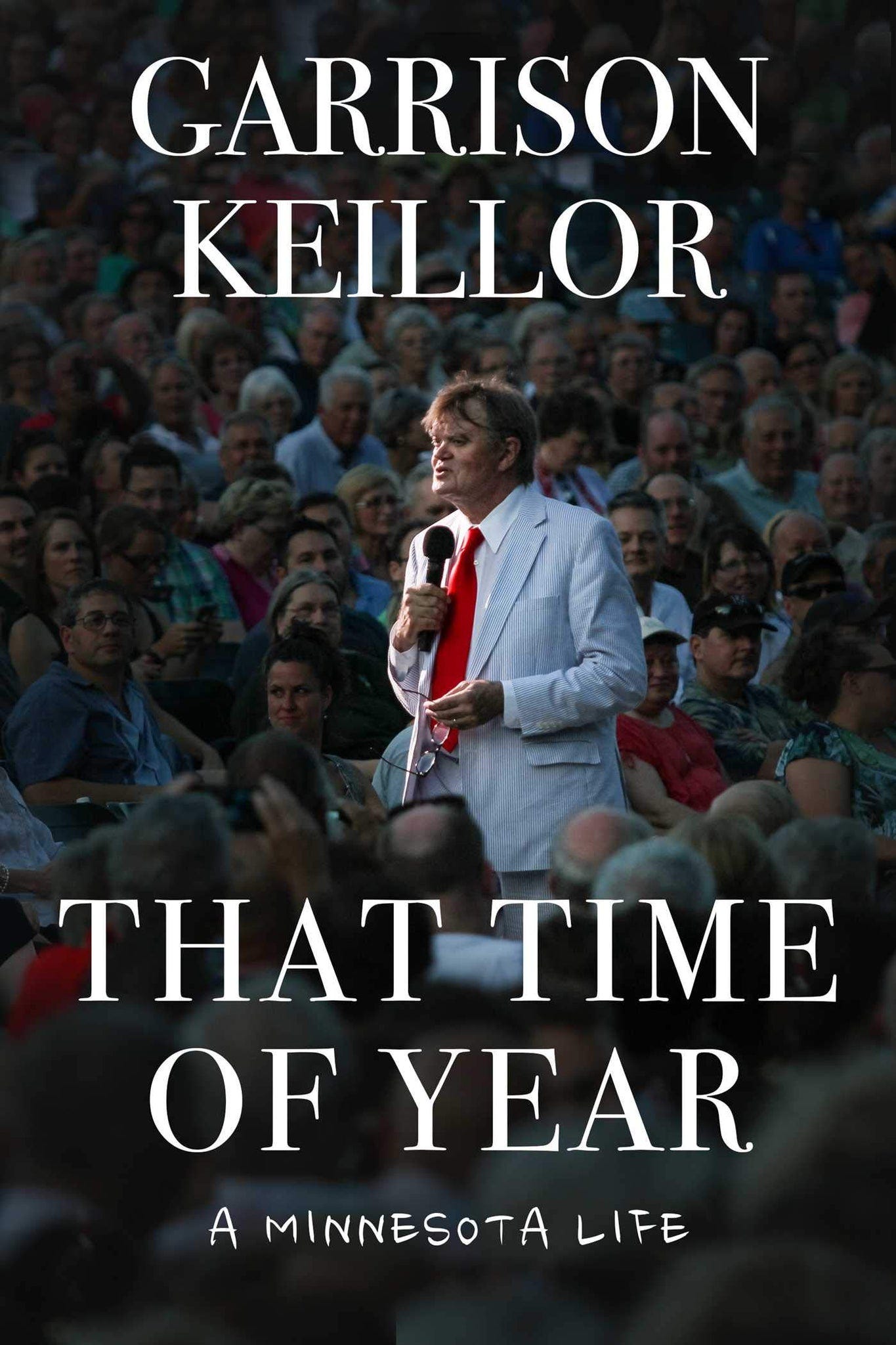The Writer's Almanac from Tuesday, September 10, 2013
"Thunderstorm in Dorset, Vermont" by John Updike, from Endpoint. © Knopf, 2009.
ORIGINAL TEXT AND AUDIO - 2013
On this date in 2008, at 10 o'clock a.m. local time, engineers flipped the switch to turn on the Large Hadron Collider for the very first time. It's the centerpiece of the European Organization for Nuclear Research — better known to us as CERN — and its mission is to study "particles," the fundamental building blocks of matter. Contrary to doomsday scenarios predicted by a number of different groups, firing up the LHC didn't cause Earth didn't implode or get sucked into a black hole. In fact, the first test proved rather anticlimactic: it just resulted in two little white blips on a computer screen, which confirmed that the protons had reached their target. Unfortunately, an electrical fault led to the explosion of one of the collider's helium tanks nine days later. The LHC was shut down for 14 months while repairs were made, and went live again in November 2009.
The Large Hadron Collider is the world's largest machine: it's a ring, 27 kilometers [about 17 miles] around, that's buried deep below the Swiss and French Alps. It houses a series of superconducting magnets in a variety of sizes. The magnets focus and direct beams of particles around the ring, and these magnets are so powerful, they must be kept chilled to a temperature of -271 degrees Celsius — even colder than outer space — making the LHC the world's largest fridge as well. Two particle beams no thicker than a human hair make their way around the collider in opposite directions. The magnetic fields coax the beams to go faster and faster, until they approach the speed of light. And then the two beams smash into each other in front of a particle detector. It's like shooting two needles at each other from a distance of 10 kilometers [six miles] and trying to get them to meet each other exactly in the middle. The particles then break into subparticles, which exist for just a fraction of a second before they stick together or disappear completely. By studying the way the subparticles behave in that split second, particle physicists hope that they can get a glimpse of what happened during the Big Bang. When it's running at peak speed, the LHC can produce as many as 550 million collisions per second.
The Large Hadron Collider was shut down again this past February so it could undergo an upgrade, including installation of an even more powerful magnet. When the LHC reopens in 2015, scientists will use it to study things like dark matter, dark energy, and supersymmetry — theories that were once viewed as little more than science fiction. And scientists are also hoping to develop new forms of radiation therapy to treat cancer more effectively.
It's the birthday of one of the best-selling poets in America, Mary Oliver, born in Maple Heights, Ohio, a suburb of Cleveland (1935). When she was a teenager, she dropped out of college and made a pilgrimage to Edna St. Vincent Millay's estate in upstate New York, and although Millay had been dead for some time, her sister Norma still lived there. The two women hit it off, and Oliver ended up living on the estate for several years. It's there that she met Molly Malone Cook, who had come to pay a visit to Millay. Oliver and Cook fell in love and moved to Provincetown, Massachusetts, together. Cook became Oliver's literary agent, and also sometimes impersonated Oliver for phone interviews because she hated talking to the press. They were together for more than 40 years, and after Cook died in 2005, Oliver published Thirst (2006), a collection of poems about her grief.
She won the Pulitzer Prize in 1984, for her collection American Primitive (1983), and she's one of the best-selling American poets, but she's a very private person who rarely gives interviews. Oliver's most recent book is A Thousand Mornings (2013), and her upcoming book Dog Songs (2013) will be released this October.
Mary Oliver wrote: "Every day I walk out into the world / to be dazzled, then to be reflective."
It's the birthday of evolutionary biologist and science historian Stephen Jay Gould, born in Queens, New York, on this day in 1941, the son of an artist and a court reporter. He's known for his essays on natural history and for explaining really complicated scientific theories in a way that most people can understand them. He's the author of about a dozen volumes of essays subtitled "Reflections in Natural History," including The Panda's Thumb (1980), Hen's Teeth and Horse's Toes (1983), The Flamingo's Smile (1985), Bully for Brontosaurus (1991), and Dinosaur in a Haystack (1995). He campaigned against the teaching of creationism, but wasn't anti-religious. Gould once said, "If there is any consistent enemy of science, it is not religion, but irrationalism."
He argued that science and religion shouldn't be viewed as opposed to each other, but simply distinct from each other: non-overlapping disciplines that shouldn't be used to try to explain aspects of the other. The National Academy of Sciences adopted his stance, saying officially a decade ago: "Demanding that they [religion and science] be combined detracts from the glory of each."
Among his best-known works are the treatises The Mismeasure of Man (1981), Full House (1996), and Leonardo's Mountain of Clams and the Diet of Worms (1998). He taught at Harvard for most of his life, and later at NYU.
He said, "Science is not a heartless pursuit of objective information; it is a creative human activity."
Be well, do good work, and keep in touch.®
That Time of Year: A Minnesota Life softcover by Garrison Keillor
In That Time of Year, Garrison Keillor looks back on his life and recounts how a Brethren boy with writerly ambitions grew up in a small town on the Mississippi in the 1950s and, seeing three good friends die young, turned to comedy and radio. Through a series of unreasonable lucky breaks, he founded A Prairie Home Companion and put himself in line for a good life, including mistakes, regrets, and a few medical adventures.





